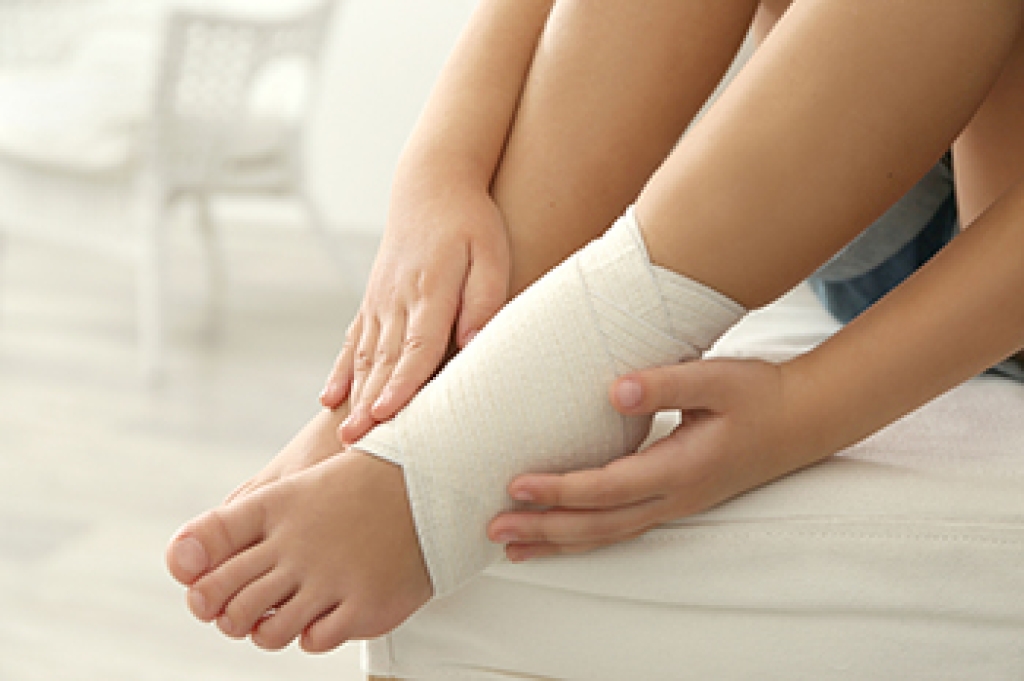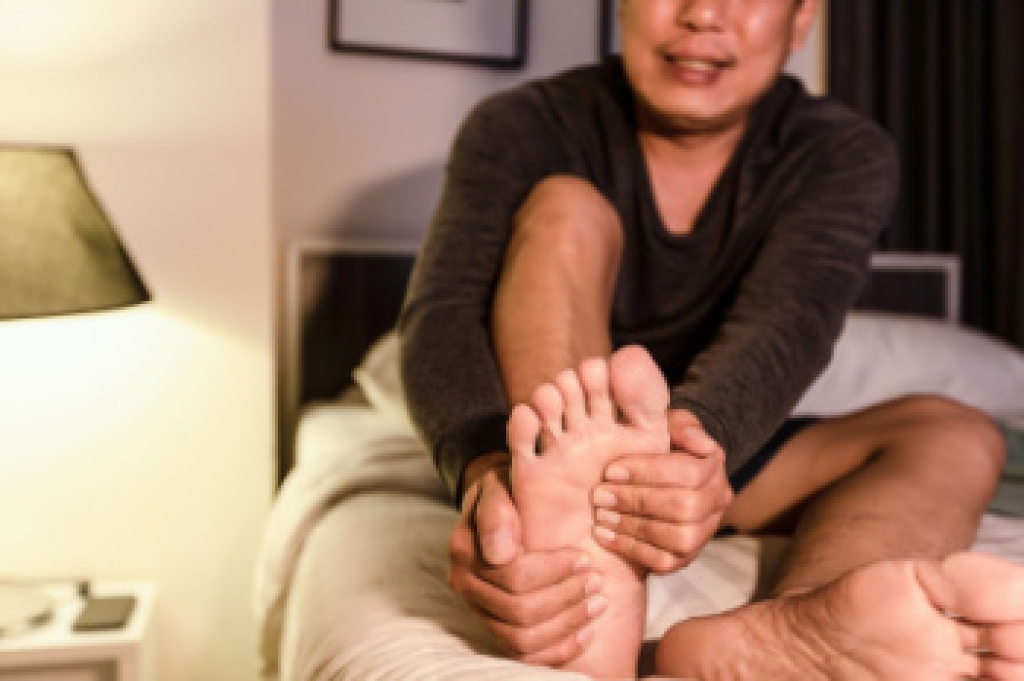
Gardening shoes play a key role in keeping your feet safe and comfortable while you work outdoors. The best gardening shoes provide reliable comfort and support to reduce strain during long periods of standing, bending, and walking on uneven ground. Durability and protection are equally important, helping shield your feet from sharp tools, rocks, and moisture while withstanding regular outdoor wear. Versatility also matters, allowing the shoes to transition easily between tasks while still offering stability and traction. A podiatrist can recommend footwear that matches your foot structure and gardening needs, helping to prevent pain and injury. If your feet hurt while gardening, it is suggested that you consult a podiatrist who can offer effective relief tips, which may include guidance on wearing the right shoes.
While working on the feet, it is important to take the proper care of them. For more information about working on your feet, contact Peter Siroka, DPM from Connecticut. Our doctor will treat your foot and ankle needs.
Working on Your Feet
Standing on your feet for long periods of time can cause stress and pain in your feet. Your whole body may experience change in terms of posture, back pain, bunions, callouses and or plantar warts. There are ways to avoid these conditions with proper foot care, smart choices and correct posture.
Positive Changes
Negative heeled shoe – Choosing this shoe type places the heel slightly lower than the ball of the foot. These are great for overall foot health. Find shoes that fit you correctly.
Go barefoot – Our feet were not designed to be enclosed for all hours of the day. Try to periodically expose your feet to air.
Eliminate Pain
Foot Exercises – Performing simple exercises, incorporating yoga and doing stretches are beneficial. This will allow increased blood flow to the area and muscles of the foot.
Achilles tendon – Stretching the foot out flat on the floor will relax the calf muscles and tendon. These exercises can be performed almost anywhere. Make sure you add these exercises to your daily regimen.
With a little bit of this information and knowing more about foot health, you will notice changes. Foot stretches and proper footwear will help with pain and prevent further issues.
If you have any questions please contact our office located in Stamford, CT . We offer the newest diagnostic and treatment technologies for all your foot and ankle needs.




